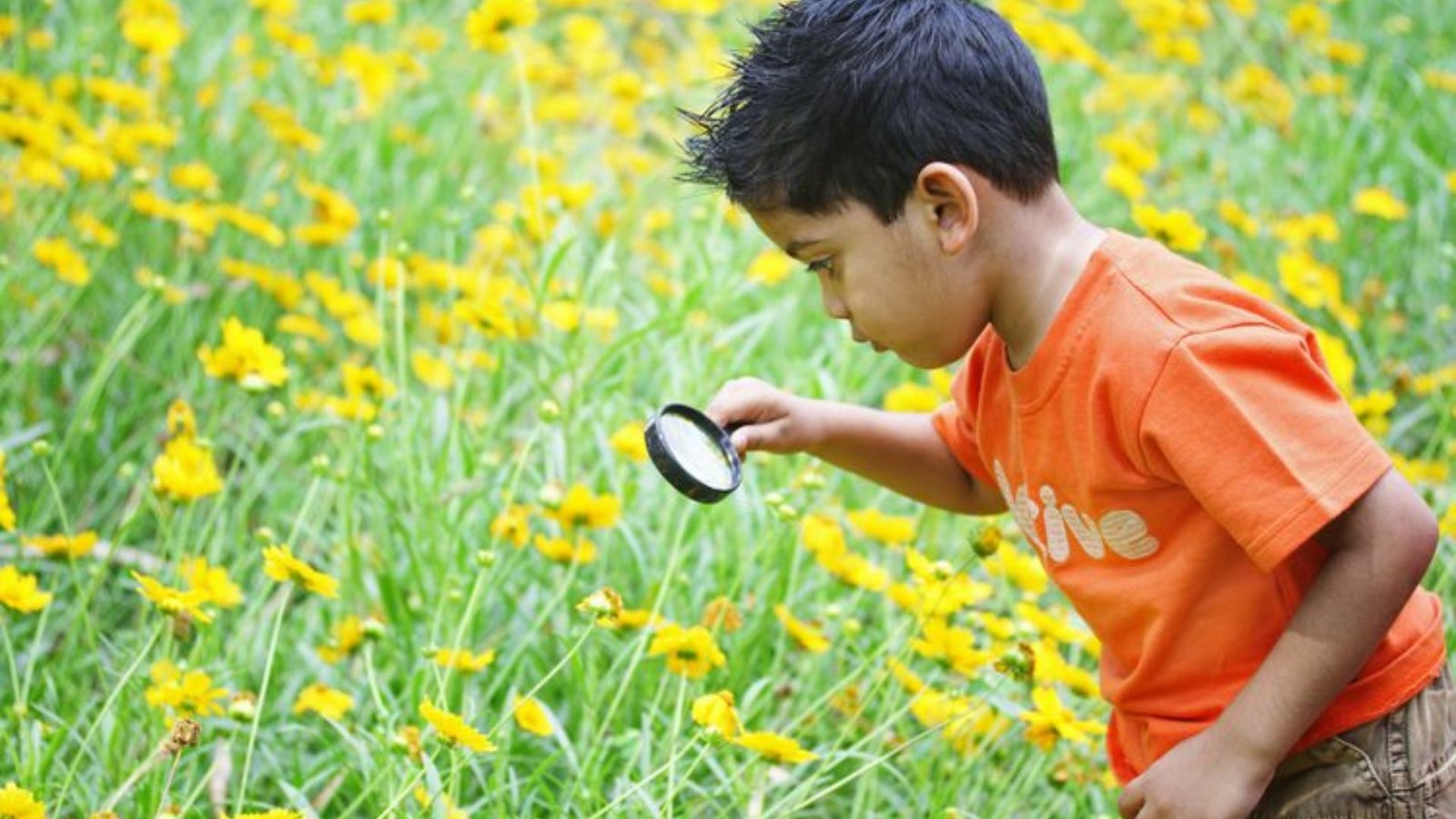Environmental sustainability is a critical global issue that requires collective action from all sectors of society. Teachers play a vital role in promoting environmental sustainability by educating and inspiring students to become responsible stewards of the planet. Through their influence in the classroom and beyond, teachers can instill a sense of environmental responsibility and equip students with the knowledge and skills needed to address environmental challenges. This article explores the various ways teachers can promote environmental sustainability and empower future generations to protect the environment.

Incorporating Environmental Education into the Curriculum
Integrating Sustainability Topics Across Subjects
Teachers can promote environmental sustainability by incorporating sustainability topics into various subjects, such as science, geography, and social studies. For example, a science lesson on ecosystems can include discussions on biodiversity loss and conservation efforts. Geography classes can explore the impact of climate change on different regions, while social studies can cover the social and economic implications of environmental degradation.
Creating Dedicated Environmental Education Programs
Schools can develop dedicated environmental education programs or courses that focus specifically on sustainability. Teachers can design curricula that cover topics such as renewable energy, waste management, water conservation, and sustainable agriculture. These programs provide students with a comprehensive understanding of environmental issues and practical solutions for addressing them.
Modeling Sustainable Practices
Leading by Example
Teachers can model sustainable practices in their daily routines, demonstrating how small actions can make a big difference. For instance, teachers can reduce paper usage by going digital, use reusable containers instead of single-use plastics, and turn off lights and electronics when not in use. By modeling these behaviors, teachers show students that sustainability is not just a concept to be studied, but a way of life.
Promoting Sustainable Classroom Practices
Teachers can implement sustainable practices within the classroom environment. This might include setting up recycling stations, using energy-efficient lighting, and encouraging students to bring reusable water bottles and lunch containers. Teachers can also promote the use of environmentally friendly school supplies, such as recycled paper and non-toxic markers.
Fostering Environmental Stewardship
Encouraging Outdoor Learning
Outdoor learning experiences help students develop a deeper connection with nature and an appreciation for the environment. Teachers can organize field trips to parks, nature reserves, or farms, where students can observe ecosystems, learn about local wildlife, and understand the importance of conservation. Hands-on activities, such as planting trees or participating in clean-up efforts, reinforce the concept of environmental stewardship.
Incorporating Environmental Ethics into Lessons
Environmental ethics involves teaching students about the moral responsibilities they have towards the environment. Teachers can introduce discussions on topics such as the ethical treatment of animals, the rights of future generations, and the importance of preserving natural resources. These discussions help students develop a sense of responsibility and a commitment to protecting the planet.
Collaborating with the Community
Partnering with Environmental Organizations
Teachers can collaborate with local environmental organizations to enhance their students’ learning experiences. These partnerships can provide access to resources, guest speakers, and opportunities for students to participate in community-based environmental projects. Collaborating with organizations also helps students see the real-world impact of their efforts and understand the broader context of environmental issues.
Engaging Families in Sustainability Efforts
Teachers can extend environmental education beyond the classroom by involving students’ families in sustainability efforts. This might include organizing family-friendly events such as recycling drives, nature walks, or workshops on sustainable living. Encouraging families to adopt sustainable practices at home reinforces the lessons learned in school and creates a supportive environment for environmental stewardship.
Conclusion
Teachers play a pivotal role in promoting environmental sustainability by educating and inspiring the next generation of environmental stewards. Through curriculum integration, modeling sustainable practices, fostering environmental stewardship, collaborating with the community, and adapting to evolving challenges, teachers can equip students with the knowledge, skills, and values needed to protect the planet. As educators embrace their role in promoting sustainability, they help build a more sustainable future for all.
